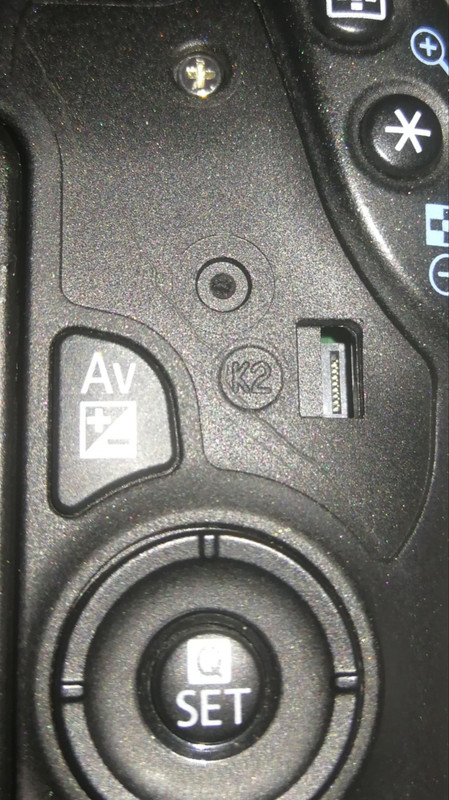Since momentum has picked up for the for DIGIC 7 & 8, figured its the best time to port DOOM onto the 200D.
Here is the demo showing the DOOM port in action by @kitor who helped with rendering of this port.
Some notes on the port itself :
Compiling
Note: this only supports the firmware version 1.0.1
This should produce the autoexec.bin file at the platform/200d.101 directory which can loaded on a boot-flag enabled SD-card.
compiled binary can be found on github: https://github.com/turtiustrek/magiclantern_doom/releases
Executing
Create a directory on the root of the SD-card called 'DOOM' (it has to be in caps) and place the WAD file inside it while making sure its all in caps.
it should look like this:
and finally start shooting those demons
Here is the demo showing the DOOM port in action by @kitor who helped with rendering of this port.
Some notes on the port itself :
- save currently does not work
- no sound
- not all buttons are mapped
- WIFI updater is included by @coon
- gui is glitchy
Compiling
Code Select
git clone https://github.com/turtiustrek/magiclantern_doom
cd platform/200D.101
make clean && make -j32
Note: this only supports the firmware version 1.0.1
This should produce the autoexec.bin file at the platform/200d.101 directory which can loaded on a boot-flag enabled SD-card.
compiled binary can be found on github: https://github.com/turtiustrek/magiclantern_doom/releases
Executing
Create a directory on the root of the SD-card called 'DOOM' (it has to be in caps) and place the WAD file inside it while making sure its all in caps.
it should look like this:
Code Select
/DOOM/DOOM.WADand finally start shooting those demons




